
biomodal files patent infringement lawsuit against Watchmaker Genomics
biomodal announced it has filed a lawsuit against Watchmaker Genomics (“Watchmaker”) in the US District Court for the District of Colorado.

biomodal announced it has filed a lawsuit against Watchmaker Genomics (“Watchmaker”) in the US District Court for the District of Colorado.
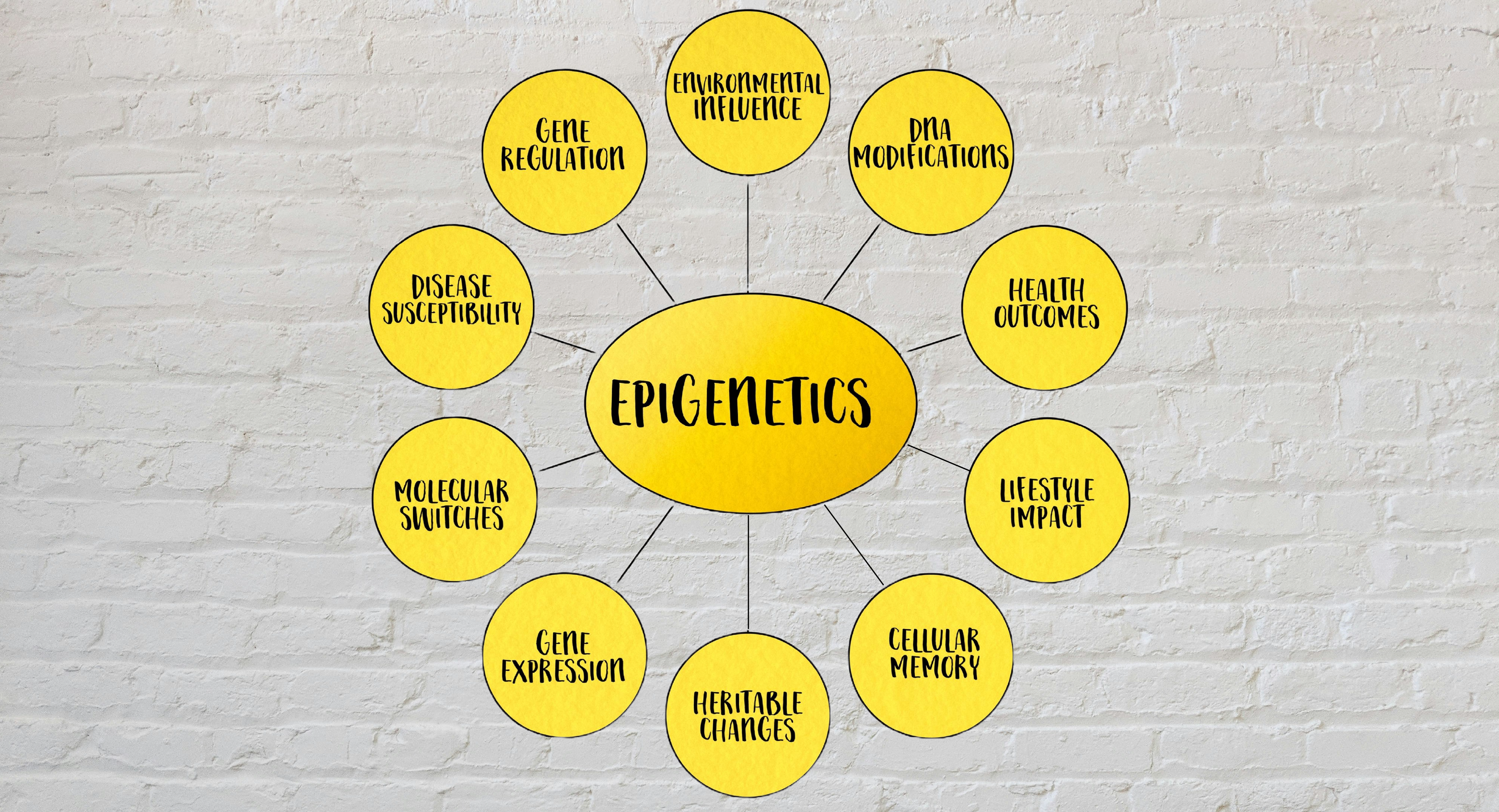
Explore the importance of epigenetics and how it shapes health, disease, and precision medicine through gene regulation, and DNA methylation.
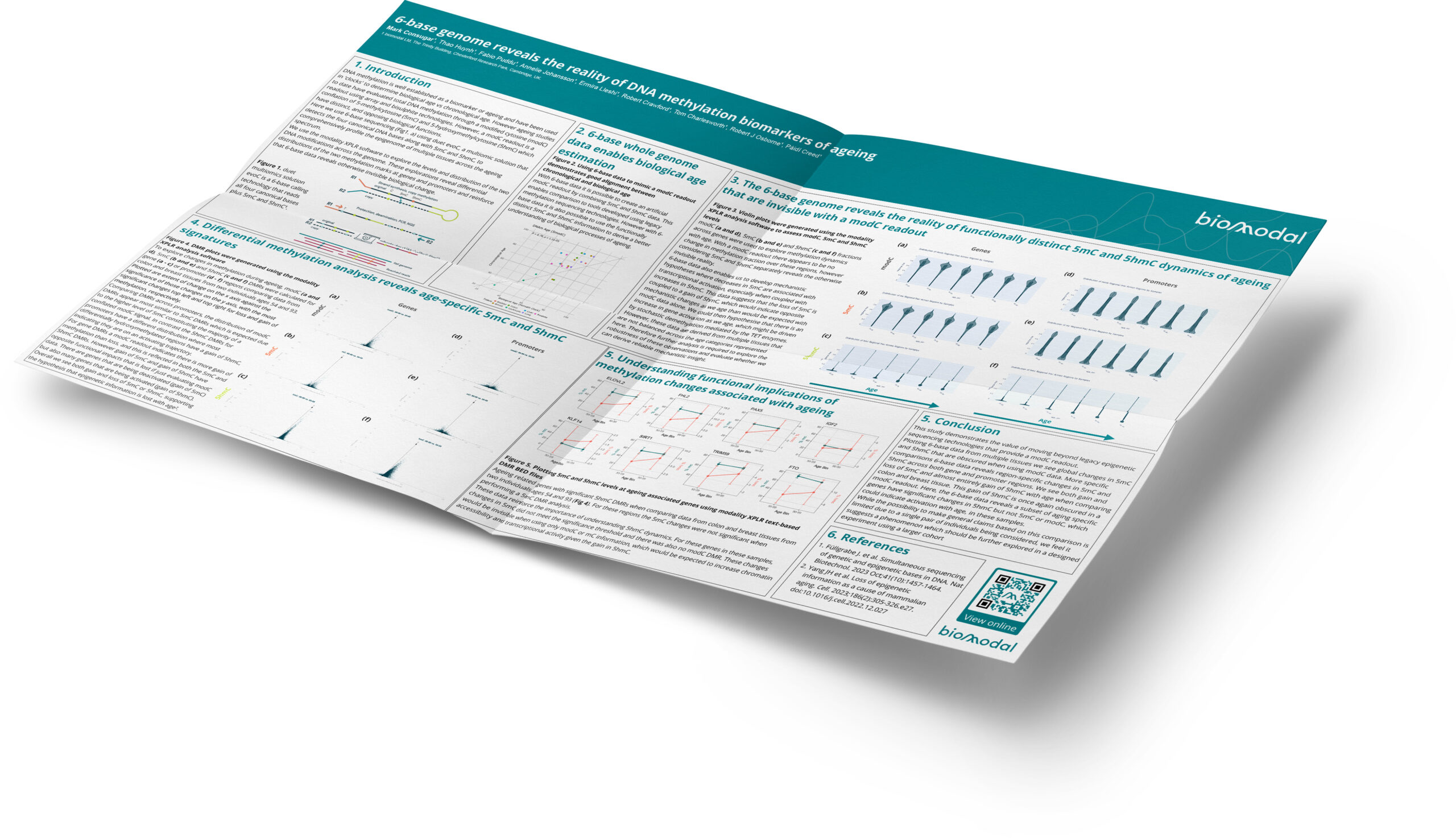
This study demonstrates the value of moving beyond legacy epigenetic sequencing technologies that provide a modC readout.
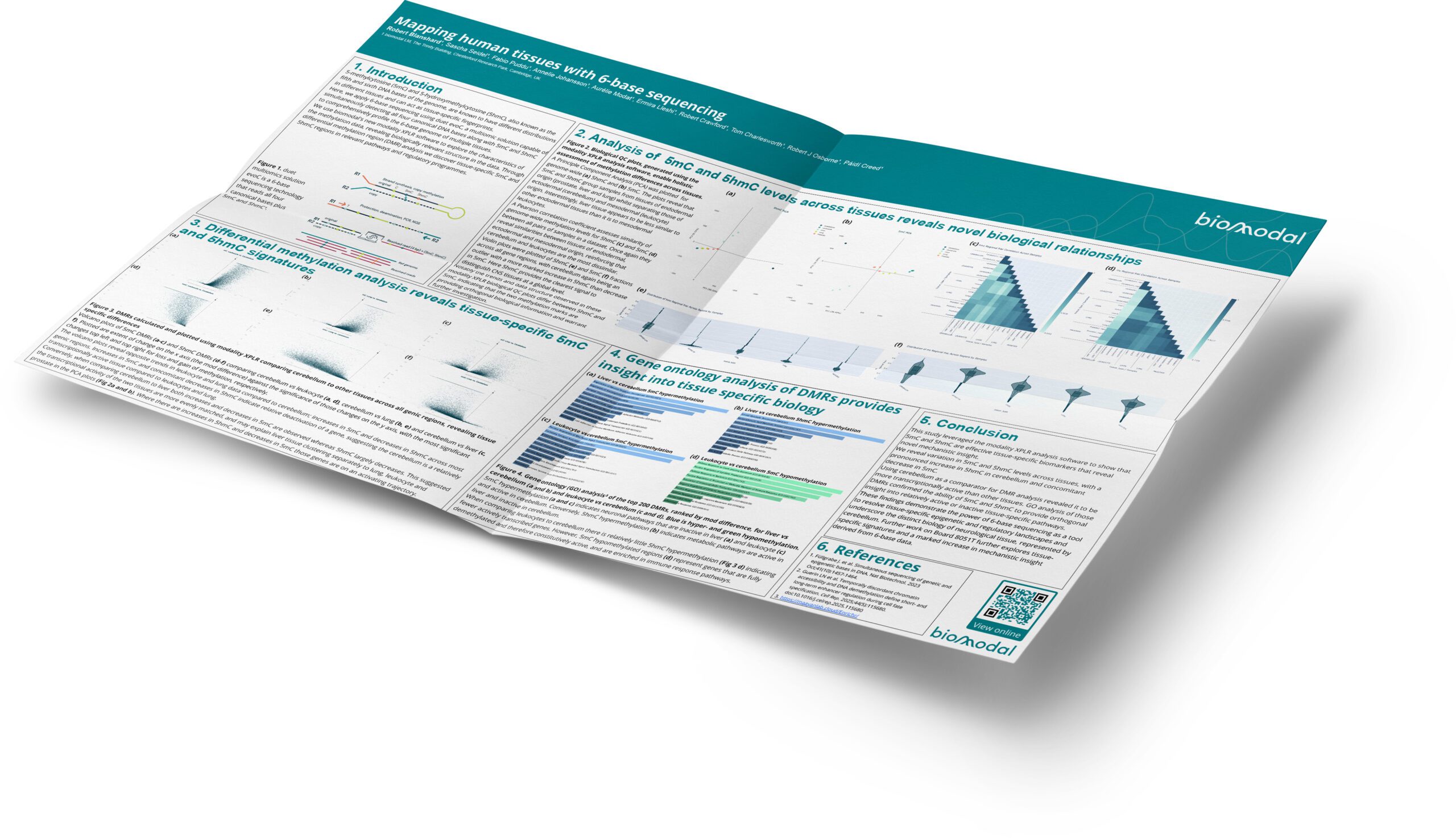
Using modality XPLR, we reveal variation in 5mC and 5hmC levels across tissues, with a pronounced increase in 5hmC in cerebellum and concomitant decrease in 5mC.
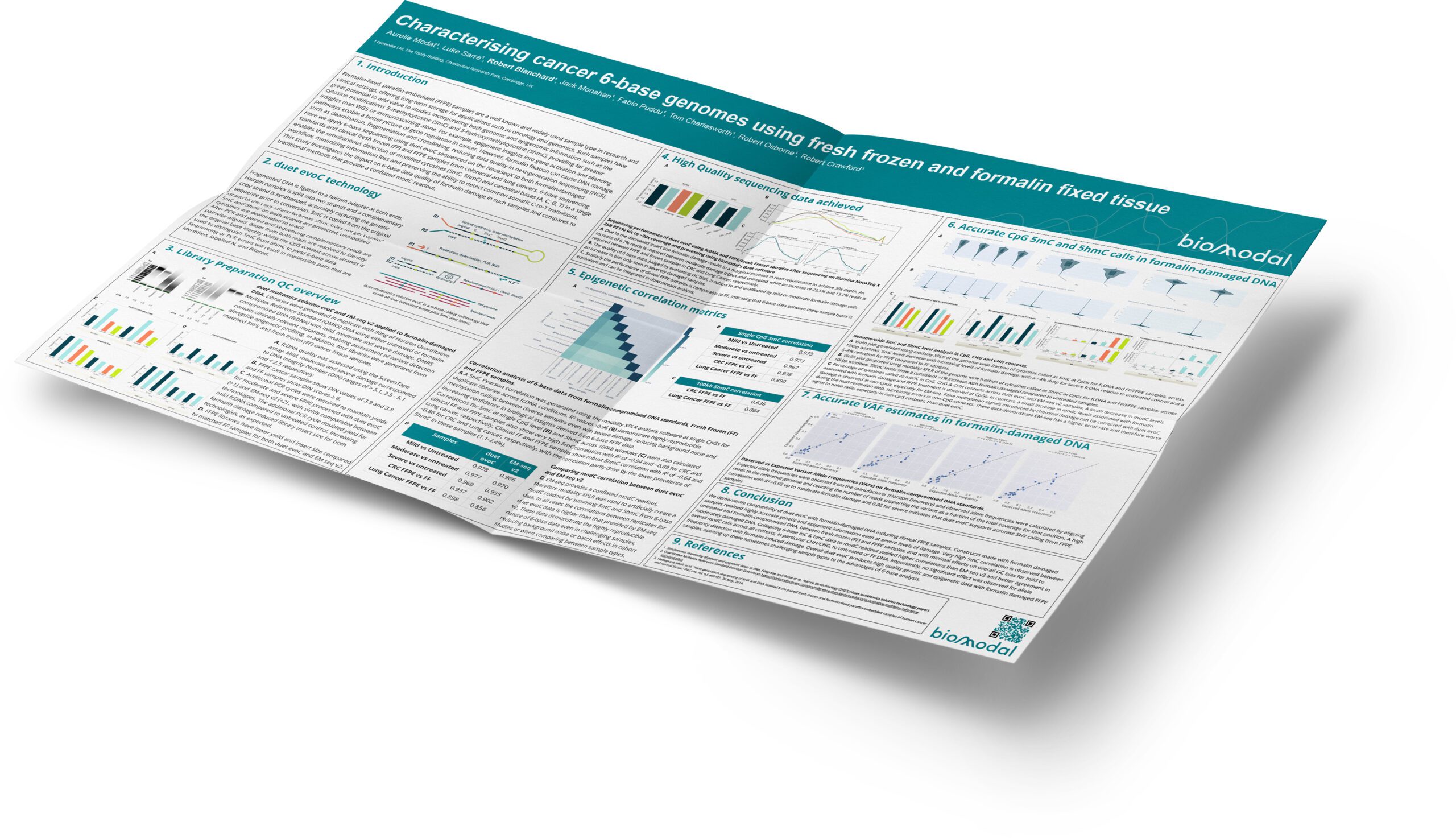
This poster demonstrates compatibility of duet evoC with formalin-damaged DNA including clinical FFPE samples.
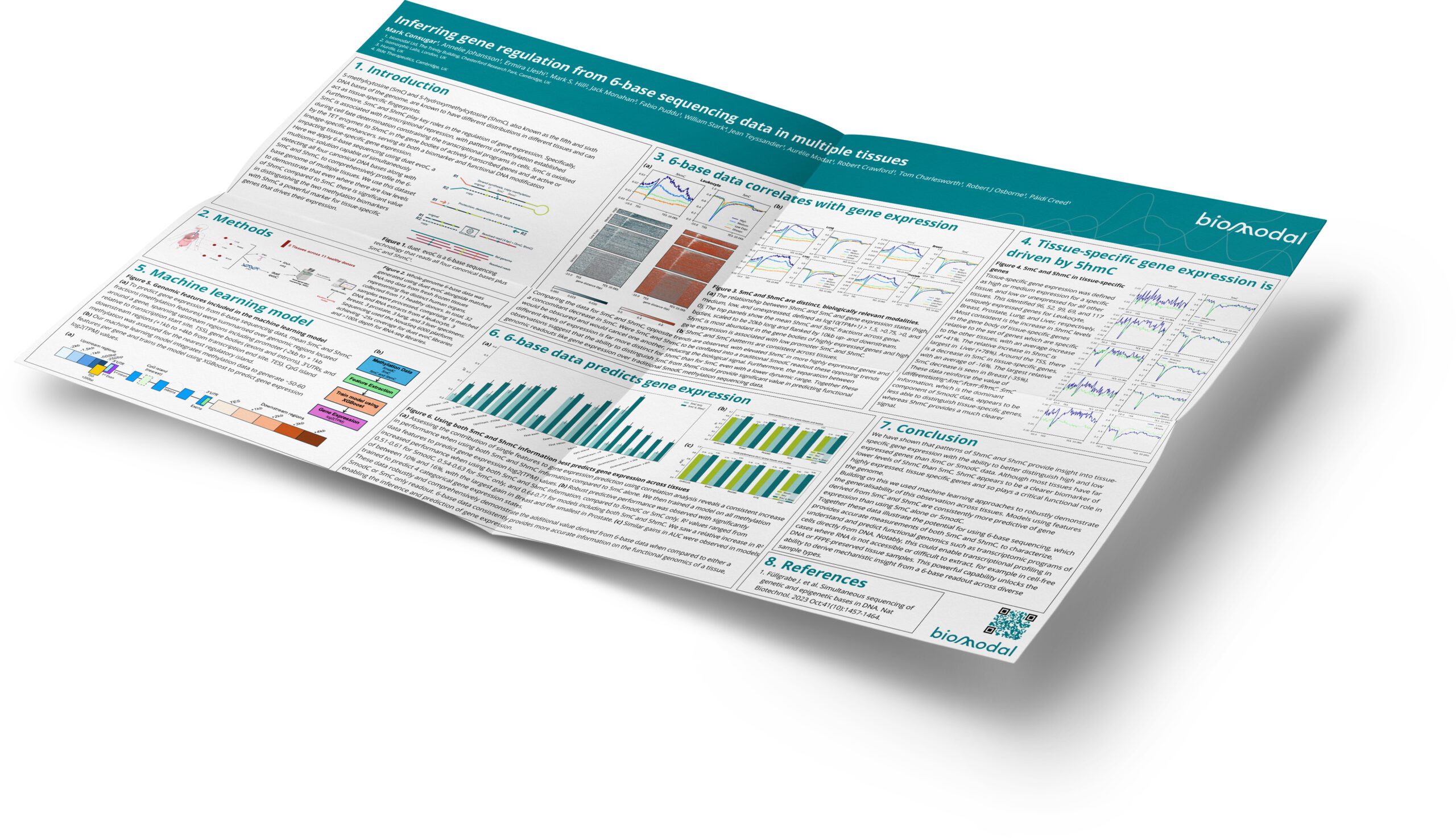
Patterns of 5hmC and 5hmC provide insight into tissue-specific gene expression with the ability to better distinguish high and low expressed genes than 5mC or 5modC data.

biomodal’s Certified Service Provider (CSP) program partners with organisations around the globe to meet the increasing demand for its novel duet multiomics solutions.

Functional genomics is a crucial part of research and development within healthcare because it closes the gap between genetic information and biological function

Discover how DNA stores multimodal information through a process known as DNA methylation and its crucial role in gene expression and regulation.
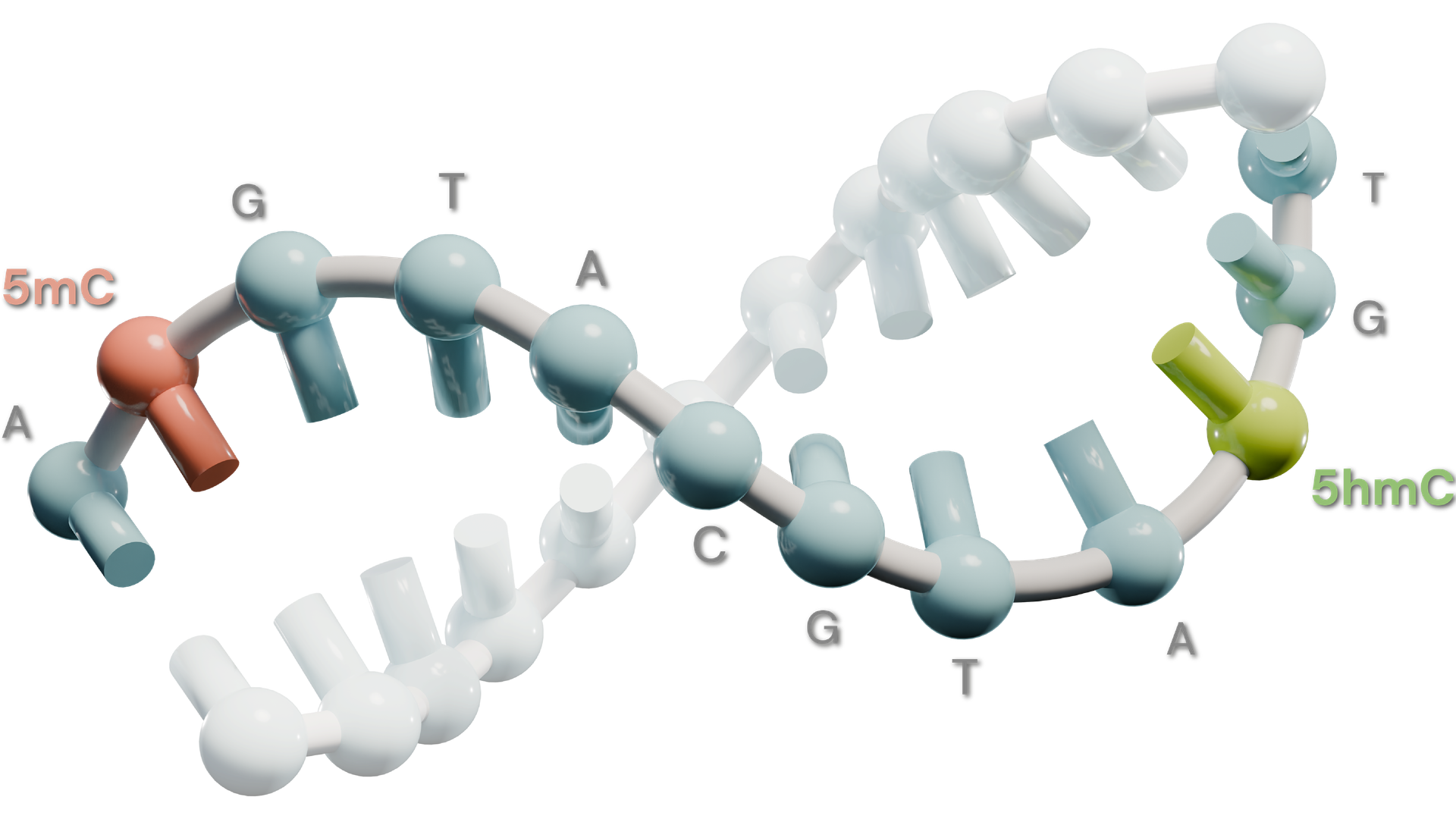
The 6-base genome expands our understanding of genetics by incorporating both genetic & epigenetic data to get a clearer picture of health and disease biology.